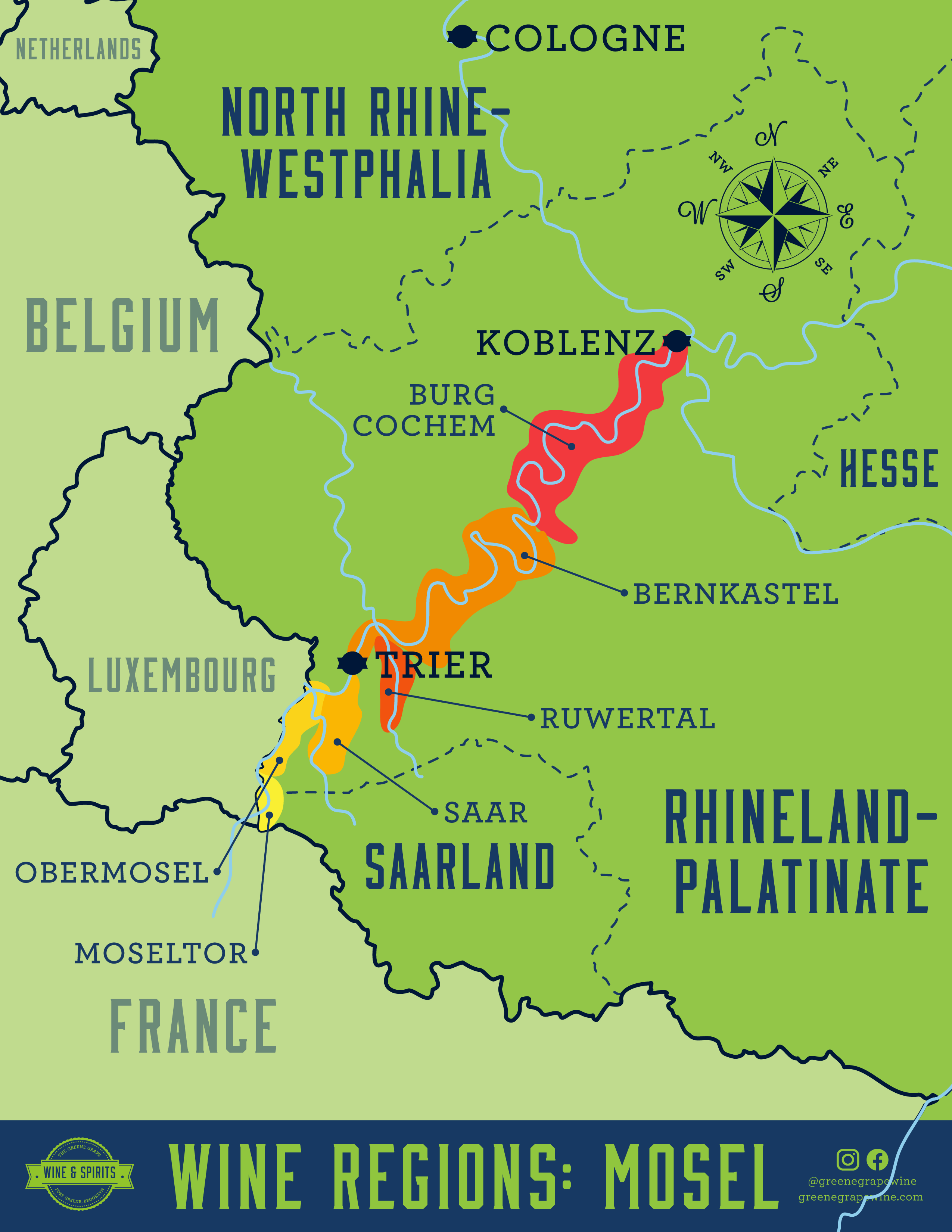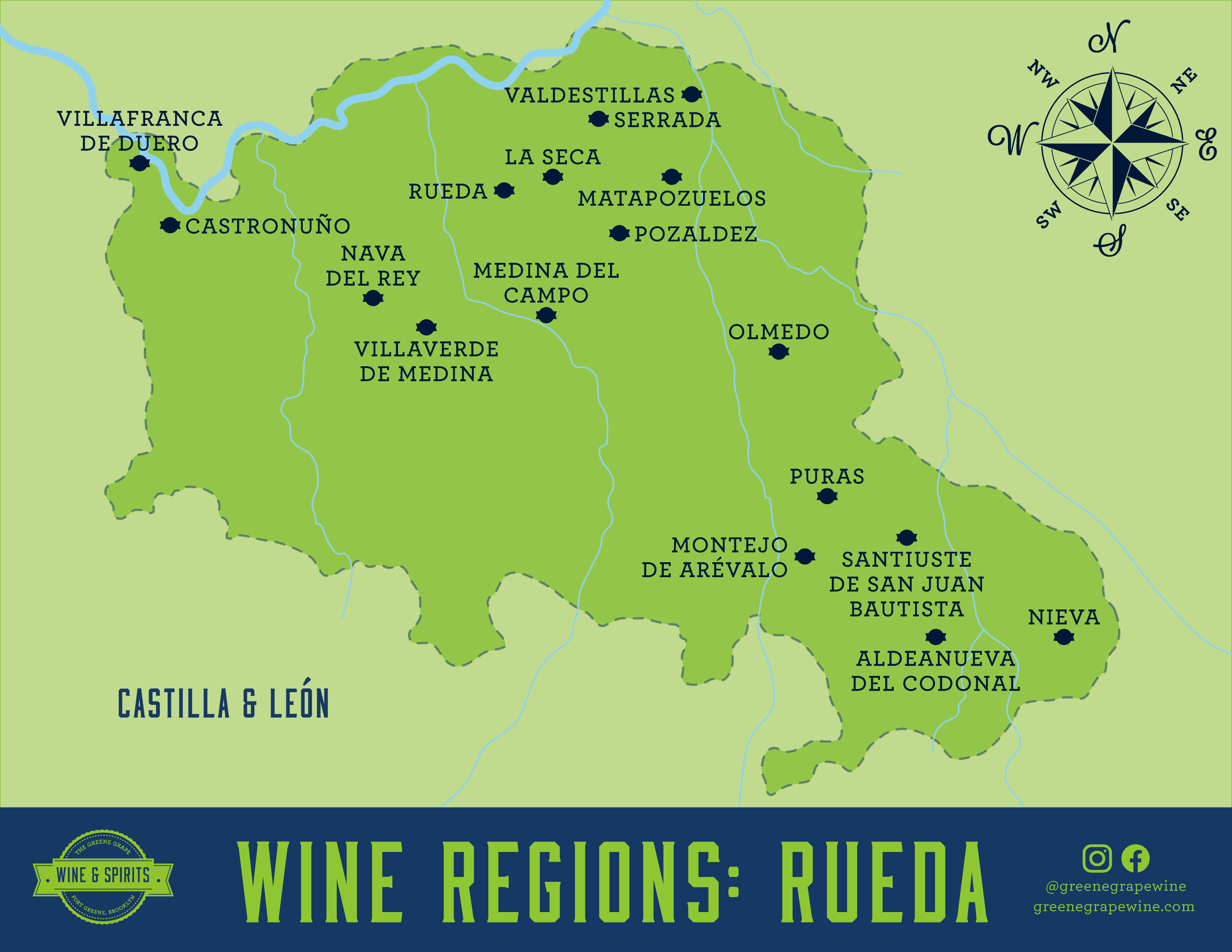
Region Of The Week: Mosel
Germany’s oldest and third largest wine producing region, viniculture was introduced in Mosel by the Romans. Originally known as Mosel-Saar-Ruwer up until August 1st, 2007, Mosel was named after the serpentine river that carves a gorge between the Hunsrück and Eifel hills. It has the steepest vineyards in the world, with vines that have to be tended and picked by hand. Mosel has a continental climate and is one of the warmer climates in Germany due to its sheltered location, while being tempered by the river. Of the 8,798 hectares that make up Mosel, about 62% is dedicated to Riesling with the rest covered by Müller-Thurgau, Elbling, Pinot Blanc, and Pinot Noir vines.

Materne & Schmitt
Rebecca Materne and Janina Schmitt are the dynamic duo behind Materne & Schmitt, in Germany's famous—and famously difficult to farm Mosel region. Founded in the town of Winningen in 2012, Weingut Materne & Schmitt makes Riesling exclusively from steep sloped or terraced slate vineyards, with all work done by hand. They allow no manipulation in their wine. All grapes are hand-selected at extremely low yields (around 20 to 35 hl/ha), macerated on the skins without sulfur, gently pressed, and gravity-run into the cellar. All wines are spontaneously fermented and often go still during winter and begin again in the spring. No additions, reductions or fining of any kind occur.



